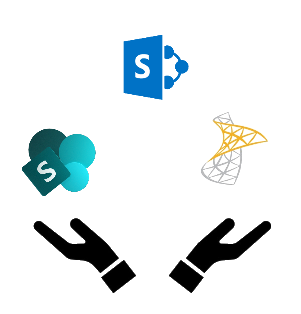
When we’re collaborating inside our organizations we often send links with access to the document. This task is done in a dairy and sometimes it is difficult to understand which files as been shared. So a couple of weeks ago, I cross with this feature that is recent on SharePoint/OneDrive that allows you to get a report, on CSV, to verify which files are being shared.










4 Comments